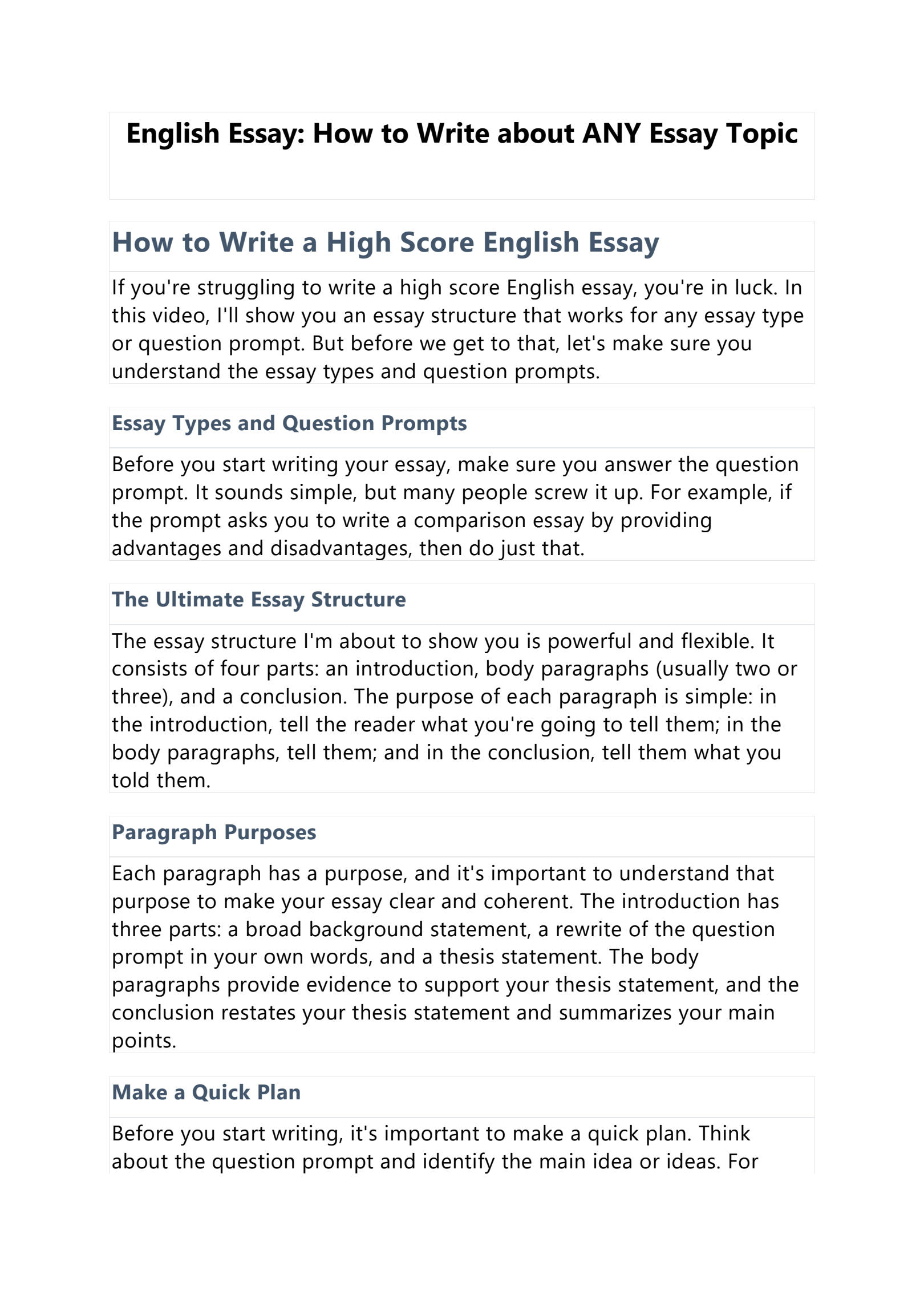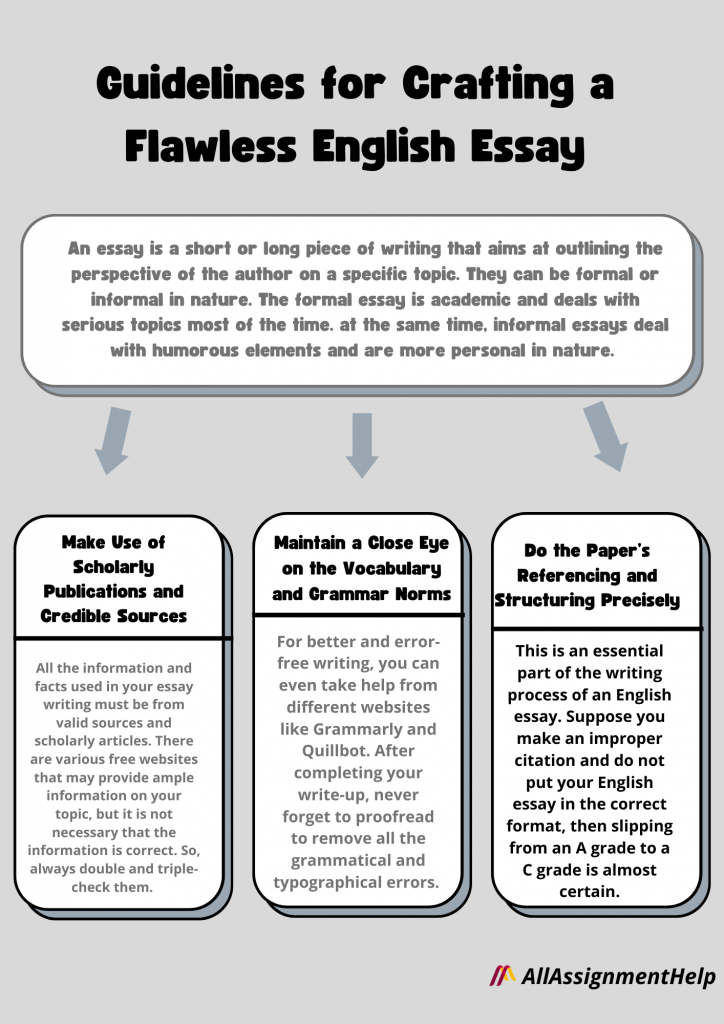Mastering the Art of Essay Writing: A Comprehensive Guide
Mastering the Art of Essay Writing: A Straightforward Guide
Ever sat down to write an essay and thought, “Where do I even start?”
Whether you’re in high school tackling your first assignment or in college trying to wow your professors, essay writing can feel overwhelming.
But guess what? It doesn’t have to be.
Mastering the art of essay writing is totally within your reach.
And it’s a great way to express your thoughts and ideas in a compelling way.
Let’s dive into some easy techniques, structures, and tips that will help you improve your essay writing skills and impress your readers.
What is Essay Writing, Anyway?
Before we jump into the nitty-gritty, let’s clarify what essay writing really is.
An essay is simply a piece of writing that presents an argument or a narrative from your perspective.
There are different types of essays to consider:
- Descriptive Essays: Paint a picture with words.
- Narrative Essays: Tell a story.
- Expository Essays: Explain a topic.
- Argumentative Essays: Take a stand on an issue.
- Persuasive Essays: Convince your reader of your viewpoint.
Understanding these types will help you pick the right style for your essay.

Choosing the Right Topic
Picking a topic can make or break your essay.
Without a captivating subject, even the best writing tips might not save you.
So, how do you find inspiration?
Check out some lists of essay topics. Here are a few categories to explore:
- Argumentative Topics: Should we ban plastic? Is education a right or a privilege?
- Descriptive Topics: Describe your favourite childhood memory. What does your dream house look like?
- Expository Topics: What causes climate change? How does technology affect our daily lives?
For a treasure trove of ideas, visit Toppr or 5StarEssays.
These sites can spark your creativity and help you overcome writer’s block.
Structuring My Essay Like a Pro
Once you’ve got your topic, it’s time to structure your essay.
A well-organised essay usually follows this format:
- Introduction: Introduce your topic, share some background info, and present your thesis statement. This statement is your main argument.
- Body Paragraphs: Each paragraph should focus on a single idea that supports your thesis. Start with a topic sentence, add evidence, examples, and analysis. Keep the flow logical to guide your reader.
- Conclusion: Wrap it up! Summarise your main points and restate your thesis in a fresh way. A strong conclusion leaves a lasting impression.
Example Structure
Thesis Statement: Education should be free for everyone as it promotes equality and boosts societal development.
- Body Paragraph 1: Talk about the importance of equal access to education.
- Body Paragraph 2: Share evidence of how free education can lead to economic growth.
- Body Paragraph 3: Highlight examples of countries with successful free education systems.
Writing Techniques That Work
Want to improve your writing? Here are some techniques I swear by:
1. Free Writing
Set a timer for 10-15 minutes and just write about your topic.
Don’t overthink it.
You might discover some unexpected insights.
2. Outlining
Before writing, create an outline.
It’s like a roadmap for your essay.
This keeps you on track and avoids tangents.
3. Drafting and Revising
Your first draft won’t be perfect, and that’s okay.
Get your ideas down, then revise for clarity and flow.
Pay attention to grammar and punctuation too.
4. Seeking Feedback
Don’t shy away from asking for feedback.
Constructive criticism from peers or instructors can help you refine your writing.
Tips for Writing That Pops
Here are some quick tips to make your writing stand out:
- Use Active Voice: It makes your sentences more direct and engaging.
- Vary Your Sentence Structure: Mix short and long sentences to keep things interesting.
- Be Concise: Get to the point. Clarity is key.
- Incorporate Evidence: Use statistics, quotes, and examples to back up your claims.
Common Mistakes to Dodge
I’ve stumbled into these common pitfalls, and here’s how to avoid them:
- Ignoring the Prompt: Always address the essay prompt directly.
- Lack of Focus: Stick to one main idea per essay. Don’t dilute your argument.
- Neglecting the Conclusion: A strong conclusion is crucial. Summarise your points and leave readers with something to think about.
FAQs
Q: How long should my essay be?
A: It depends on the assignment. I usually aim for at least 500 words for shorter essays and 2000 words for in-depth ones.
Q: Can I use personal experiences in my essays?
A: Absolutely! Personal stories can make your writing relatable, especially in narrative essays.
Q: What if I struggle to get started?
A: Try outlining or brainstorming ideas first. Sometimes, writing the body before the introduction helps clarify your thoughts.
Q: How do I know if my essay is any good?
A: Read it aloud to catch awkward phrasing. Seeking feedback from others can also give you valuable insights.
Wrapping It Up
Mastering the art of essay writing is a journey.
It requires practice, patience, and a bit of perseverance.
By using the techniques and tips in this guide, you’ll enhance your writing skills and create compelling essays on any topic.
Remember, the key is to understand the basics, choose engaging topics, and keep honing your craft.
For more help, check out Essay Writer for expert guidance.
By embracing essay writing, you unlock your potential to communicate effectively and persuade your readers.
So, dive in and enjoy the process!
Happy writing!

